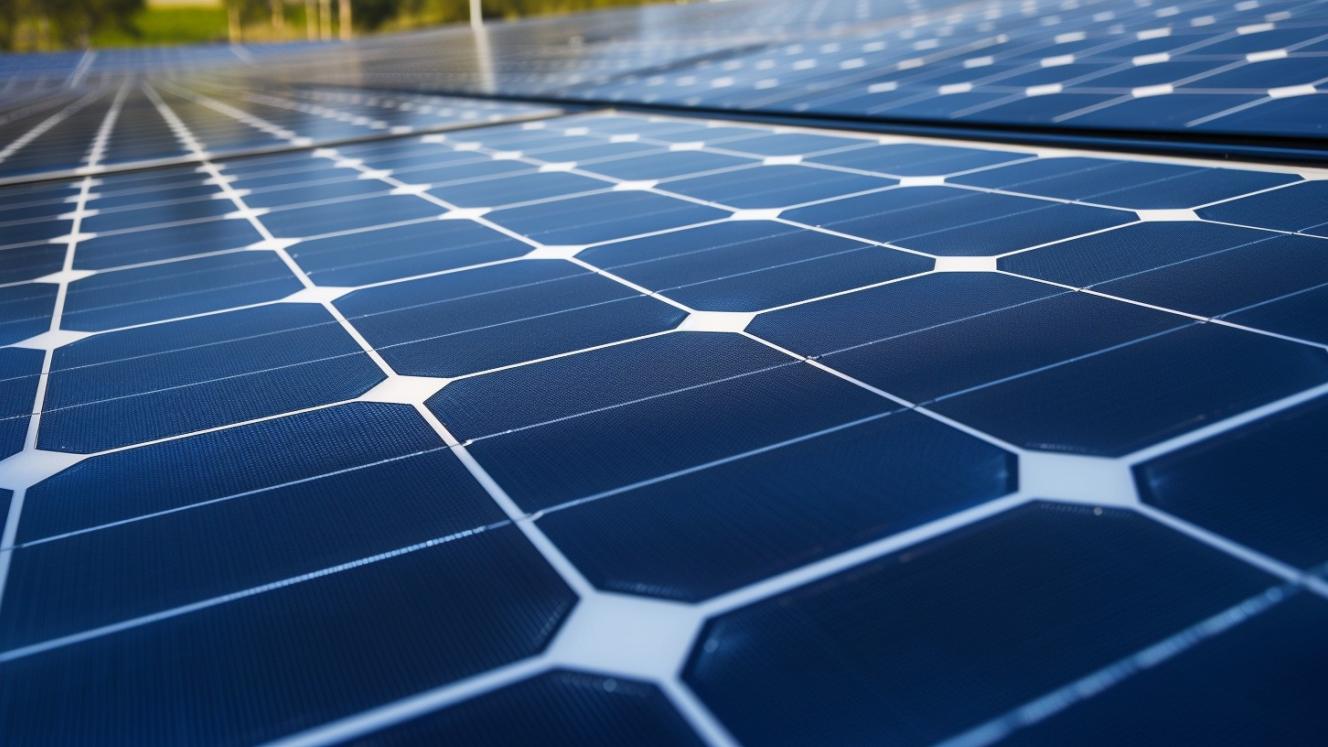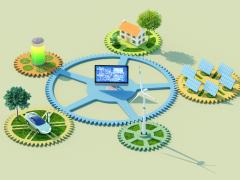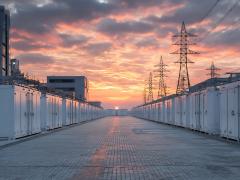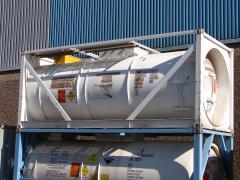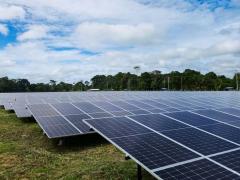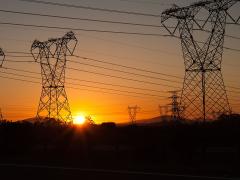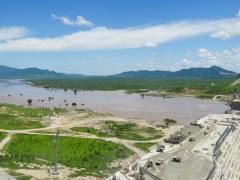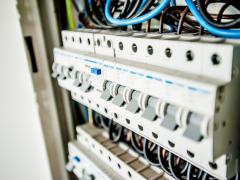A study by engineering firm Zutari and software developer 7SecondSolar has found that small design choices in utility-scale solar projects can significantly affect capital costs and long-term energy revenue.
The research modelled a 330 MWp solar plant under nine design scenarios and found that total cable costs could vary by as much as 44%, representing a difference of US$3,39 million (R63,9 million). Annual revenue losses linked to cable inefficiencies varied by up to US$193 349 (R3,6 million) between scenarios.
“Designing utility-scale solar PV plants has become increasingly complex due to geographical constraints and the need to maximise energy output while minimising capital expenditure,” says Paul Nel, CEO of 7SecondSolar.
Key variables analysed included the placement and quantity of DC combiner boxes and power conversion units (PCUs), corridor widths and cable sizes. While configurations with more equipment increased upfront cable costs, these layouts delivered the lowest power losses and highest lifetime revenue. Designs using fewer, larger PCUs had lower initial costs but resulted in higher energy losses over the plant’s operational life, the study found.
The study also found that using larger 10 mm² cables reduced losses and increased annual revenue by approximately US$72 500 (R1,37 million). However, the higher cost of these cables extended the payback period to about 13 years. Conversely, smaller 4 mm² cables provided upfront savings of nearly US$700 000 (R13,2 million) but the increased losses negated those savings within eight years.
